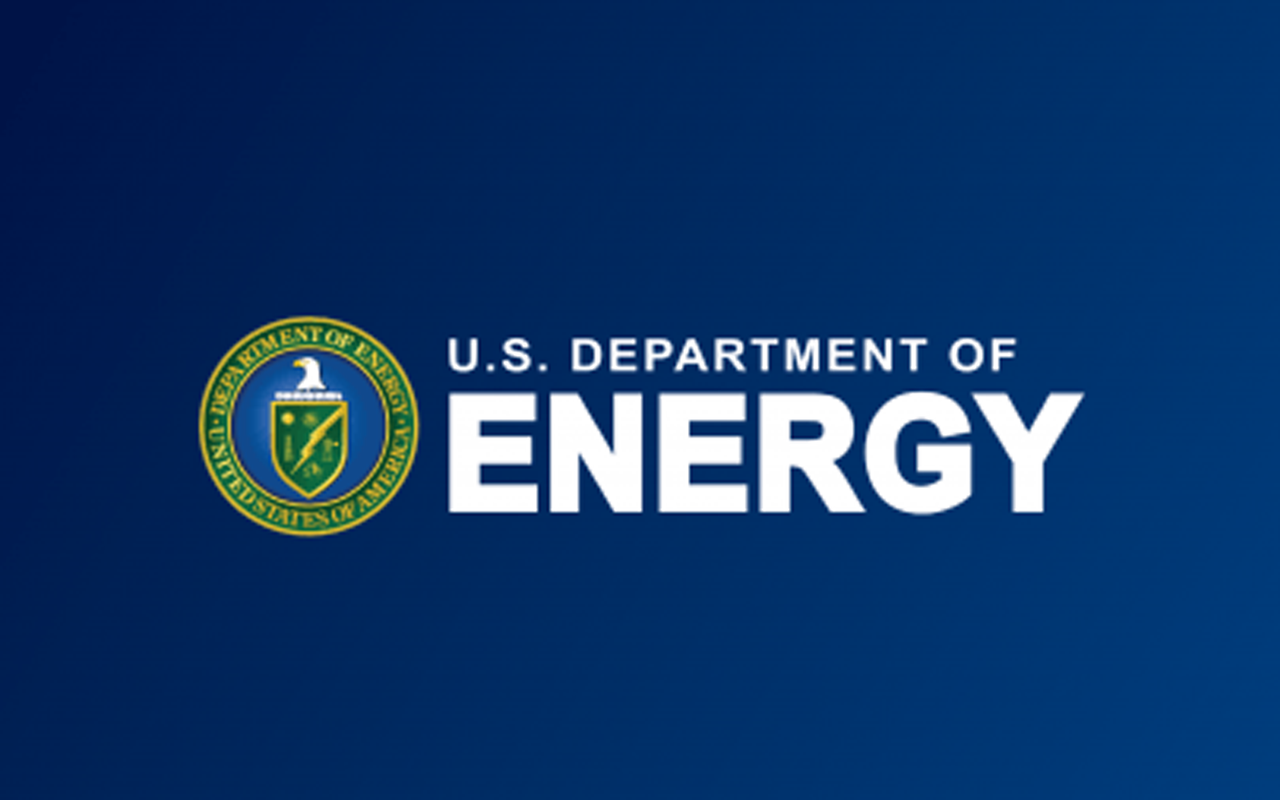DOE Finalizes Two New Rules for General Service Lamps
The U.S. Department of Energy (DOE) today adopted two new rules for light bulbs, also known as general service lamps, that will conserve energy and help consumers save on their energy bills. The first rule establishes a revised definition of general service lamps while the second implements the minimum standard of 45 lumens per watt for light bulbs that meet the revised definition. These rules are part of 100 energy efficiency actions the Biden Administration is completing this year, which together will save families $100 every year.
Once these light bulb rules are in place, DOE expects consumers to save nearly $3 billion per year on their utility bills. In addition to delivering significant cost savings for households, schools, and businesses, these energy efficiency actions also advance President Biden’s climate goals. Over the next 30 years, the rules are projected to cut carbon emissions by 222 million metric tons — an amount equivalent to the emissions generated by 28 million homes in one year. LED lightbulbs also last 25 to 50 times longer than incandescent bulbs.
Appliance and Equipment Standards Rulemakings and Notices
“By raising energy efficiency standards for lightbulbs, we’re putting $3 billion back in the pockets of American consumers every year and substantially reducing domestic carbon emissions,” said U.S. Secretary of Energy Jennifer M. Granholm. “The lighting industry is already embracing more energy efficient products, and this measure will accelerate progress to deliver the best products to American consumers and build a better and brighter future.”
The new definition issued today will become effective 60 days after publication in the Federal Register, while the implementation of the Congressional efficacy standard will become effective 75 days after publication in the Federal Register. DOE has concurrently announced an enforcement policy that allows for a managed transition helping entities all along the distribution chain, including manufacturers, importers, private labelers, distributors, and retailers adjust their production and inventory. The enforcement policy contains two parts: a period of enforcement leniency and a period of progressive enforcement with an emphasis on transitioning production first.
Additionally, DOE will host a webinar on May 4, 2022 at 2 pm ET to discuss the enforcement policy and answer questions from regulated entities. For more details, read the full enforcement policy.
DOE’s Building Technologies Office implements minimum energy conservation standards for more than 60 categories of appliances and equipment.
To learn more, visit the Appliance and Equipment Standards Program homepage.
___
© 2022 LED professional / Luger Research e.U.

